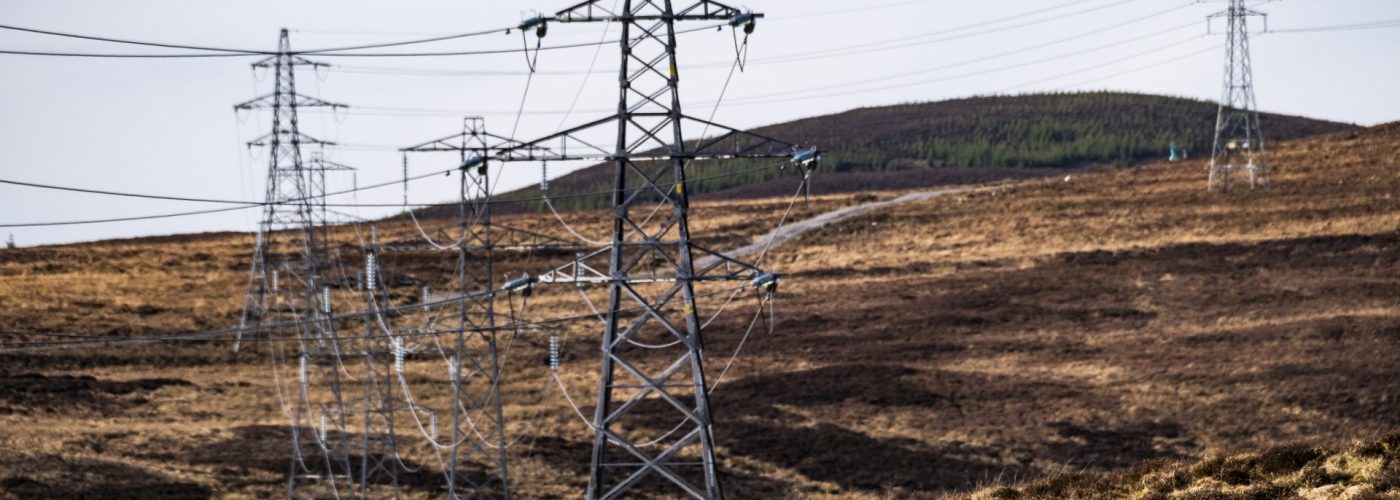Ofgem has given its initial approval to a landmark £24bn investment package aimed at transforming Britain’s energy grid and reducing dependence on imported gas.
The Office of Gas and Electricity Markets (Ofgem) has provisionally endorsed, subject to consultation, a programme of 80 infrastructure projects focused on new power lines and substations. The investment forms part of the biggest overhaul of the UK’s electricity network since the 1960s.
More than £15bn of the proposed funding is earmarked for maintaining the safety and reliability of the UK’s gas transmission and distribution networks. A further £8.9bn will go directly into strengthening the country’s high-voltage electricity grid, with an additional £1.3bn on standby for rapid deployment.
This investment marks the first stage of the RIIO-T3 settlement (April 2026 to March 2031) and will kick off a broader, estimated £80bn infrastructure programme designed to modernise the energy grid. The plan includes upgrading over 4,400 km of overhead lines and adding 3,500 km of new circuits, including offshore developments—doubling what has been delivered over the past decade.
If completed as expected, the projects will enable the grid to support up to 126 GW of clean, renewable energy by 2030, alongside increased energy storage and flexible technologies.
Over the past six months, Ofgem has closely scrutinised the proposals from electricity transmission owners, National Gas, and gas distribution operators. More than £8bn—around 26% of the original proposals—has been trimmed to ensure the plans offer value for money to consumers.
Funding allocations include:
- £4.2bn for National Grid
- £3.1bn for Scottish & Southern Electricity Networks (SSEN)
- £1.6bn for Scottish Power
Jonathan Brearley, Ofgem Chief Executive, commented:
“Britain’s dependence on imported gas has left us vulnerable to global market shocks. Without government support, bills could have soared to £4,000 during the energy crisis.
This record investment is vital to building a homegrown energy system—one that protects us from price volatility, strengthens our energy security, and helps stabilise bills.”
Brearley emphasised that inaction would cost consumers more in the long term.
“Doing nothing is not an option. These 80 projects are an insurance policy for the UK’s energy future. We’ve negotiated a fair deal for investors and consumers alike—and we will hold network operators accountable for delivering on time and within budget.”
By March 2031, the estimated cost to billpayers is expected to be around £24 a year, or less than 40p per week. This figure does not include the broader cost savings anticipated from a cleaner, more efficient power system.
The draft proposals are now open for consultation, with final decisions due by the end of 2025.
However, some energy firms have expressed disappointment, arguing that the scale of ambition should have been greater. SSEN Transmission responded:
“Ofgem’s draft determination falls short of the ambitious and financeable framework needed to support transformational grid investment. The methodology does not reflect the real, evidence-based costs of delivering a reliable transmission network in northern Scotland.”
Despite these concerns, Ofgem remains confident that the proposed investment strikes the right balance between affordability, resilience, and long-term sustainability.
Building, Design & Construction Magazine | The Choice of Industry Professionals





